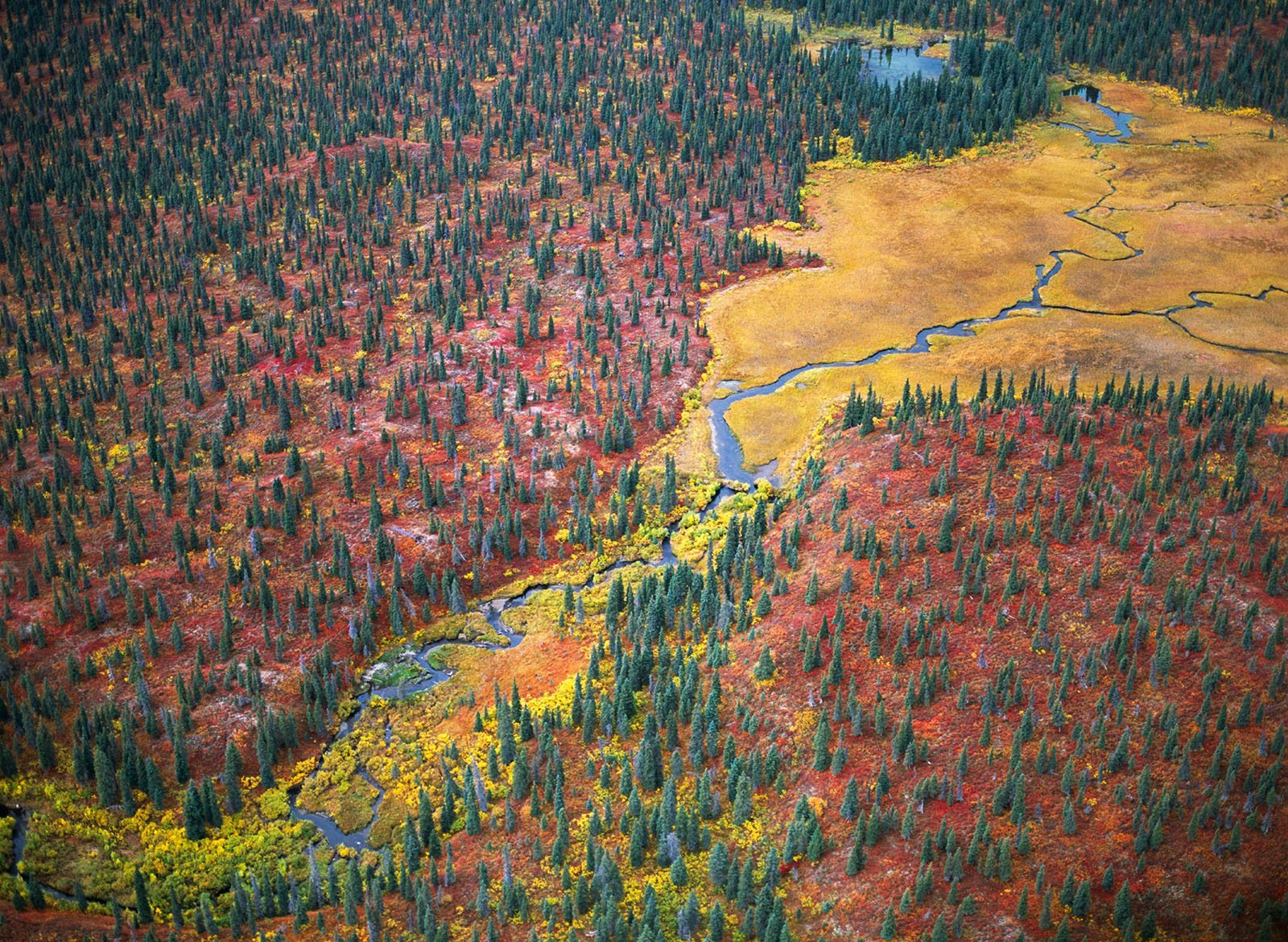Robert Glenn Ketchum
Robert’s exhibits, books, and lectures have been directly connected to: passage of the largest timber reform legislation in American history; creation of eleven designated wilderness areas in Alaska; prevention of a proposed mine, protecting a river eventually placed in World Biosphere status, thus creating the largest contiguous legally protected wilderness in the world (USA-Canada); improvement, enlargement, and protection of a National Recreation Area and National Monument, both then upgraded to National Park status; prevention of industrial development in a whale-birthing lagoon in Baja (Mexico) later given World Biosphere status; placement of over 250,000 acres into conservation easement, some of which are designated as two new state parks in California and one in Alaska.
He has developed five major curatorial projects, three of which toured as national exhibits. He is the author, or subject of, eleven books, and a contributor to more than thirty-five others:
One by Harry N. Abrams, and one by Viking Press, supported traveling exhibits;
Seven Aperture monographs supported conservation projects;
One co-published by UCLA-Fowler Museum and the Getty Research Center, documents his textile work in China since 1985;
One published by the Amon Carter Museum (TX) is a 45-year retrospective monograph to accompany their exhibit, “Regarding The Land: Robert Glenn Ketchum and the Legacy of Eliot Porter.”
“My over 50 year career has approached photography in many different ways, involving not only my personal work, but also as a curator interested in the history of the medium.”
Robert entered the UCLA-China Exchange Program in 1985, and spent thirty-five years collaborating with a Suzhou guild, creating textiles based on his photography. He also founded, Viz.U.lee.Organik, a fabric design company whose imagery is derived exclusively from photographs of the natural world.
A Founding Fellow of the International League of Conservation Photographers (iLCP), Robert served on the board of two non-profit arts organizations, and four national conservation organizations. He helped to found the Los Angeles Center for Photographic Studies, and went on to serve as Executive Director and also served as Curator of Photography for the National Park Foundation for fifteen years.


